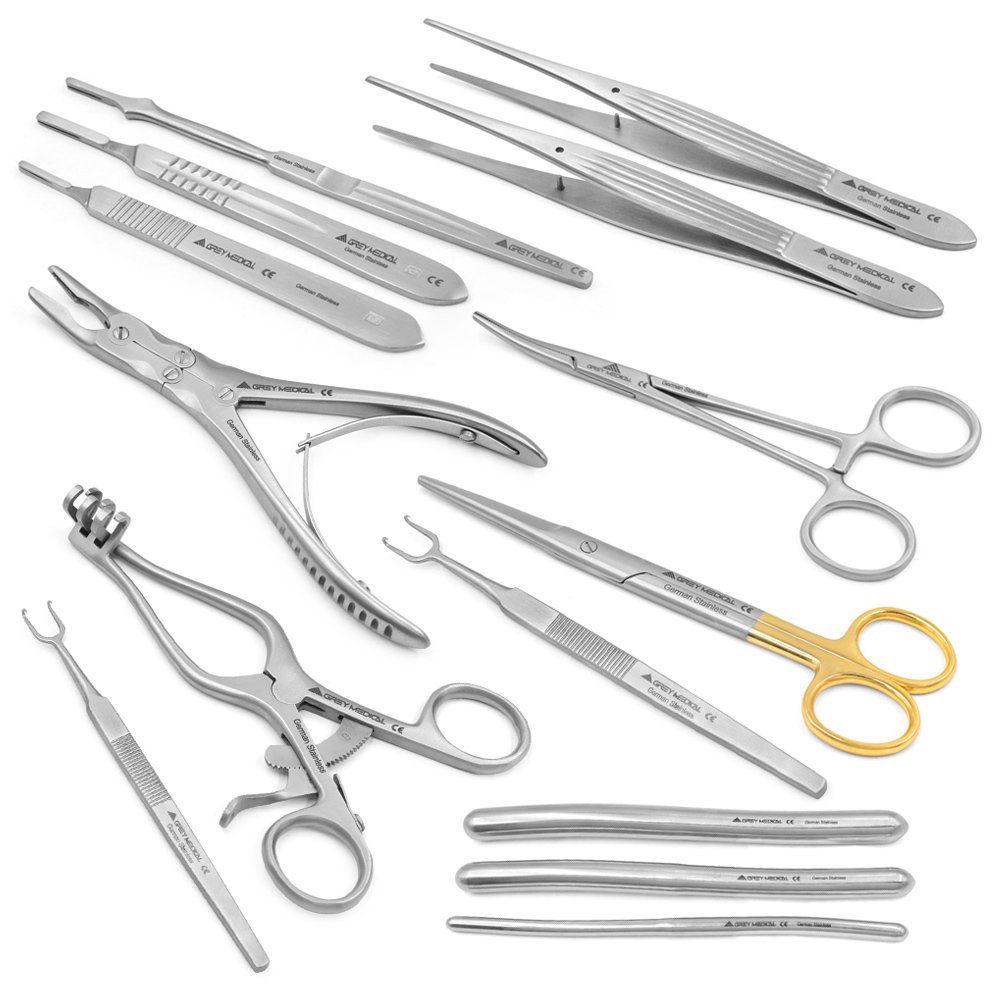Precision and Reliability in Healthcare: Operating Room Instruments Explained
Operating room instruments stand as the unsung heroes of modern medicine, enabling surgeons to perform life-saving procedures with unparalleled precision. These tools are the backbone of operating suites, designed to support delicate medical techniques, ensure patient safety, and elevate surgical outcomes. Whether cutting, suturing, or clamping, each instrument plays a specialised role that demands both craftsmanship and attention to detail. Understanding the scope and significance of operating room instruments not only enhances appreciation for the field of surgery but also sheds light on their critical impact within the healthcare system.

What Are Operating Room Instruments?
Operating room instruments encompass a wide range of tools specifically designed for surgical procedures. These tools assist in examination, dissection, incision, tissue handling, and suturing. Precision and sterility define these instruments, ensuring they meet the rigorous demands of surgical environments. They are typically made from high-grade stainless steel or other corrosion-resistant materials, making them durable, reusable, and safe for repetitive sterilisation processes.
Each surgical instrument is tailored for a specific function, making it crucial for surgical teams to be well-versed in their operation. Their design reflects the nuances of various medical fields, from general surgery to orthopaedics and cardiovascular procedures, highlighting the complexity and diversity within the profession.
Categories of Operating Room Instruments
Cutting and Dissecting Instruments
Surgical knives, scissors, and dissectors fall into this category. Scalpels, the quintessential surgical tool, allow surgeons to make precise incisions with minimal impact on surrounding tissue. Meanwhile, surgical scissors come in different shapes and sizes to cater to varied surgical tasks, from cutting sutures to trimming soft tissue. Similar tools, such as chisels and curettes, serve more specialised roles, frequently used in orthopaedic and dental surgeries.
Grasping and Holding Instruments
These instruments, such as forceps, clamps, and needle holders, are essential for stabilising tissue, securing blood vessels, or grasping surgical materials during an operation. For example, tissue forceps allow for meticulous handling of sensitive areas, while needle holders provide surgeons with the grip necessary for precise suturing. The ergonomics of these tools ensure they remain comfortable even during lengthy procedures.
Retracting and Exposing Instruments
Retractors hold back tissue or organs, granting surgeons unobstructed access to the operating site. From small handheld retractors to large self-retaining versions, these tools improve visibility and working space within the incision area. The adaptability of retractors to specific body regions makes them indispensable in both minor and complex surgeries.
Haemostatic Instruments
Managing bleeding is a critical aspect of any surgery, and haemostatic instruments like clamps, hemostats, and ligation devices play a fundamental role. These tools help control blood loss by clamping blood vessels or applying mechanical pressure, ensuring the procedure remains safe and efficient.
Suction and Irrigation Instruments
Maintaining a clear and dry surgical field is vital for precision. Suction instruments remove blood and other fluids, while irrigation tools help clean the surgical area. These components work in tandem to ensure the surgeon’s view remains unobstructed, particularly in complex procedures involving intricate anatomy.
Modern Innovations in Surgical Tools
While traditional instruments have remained largely unchanged in design for decades, technological advancements continue to revolutionise surgical tools. Robotic-assisted surgery employs robotic arms guided by the surgeon, allowing for enhanced precision and control. Sophisticated imaging tools, such as laparoscopes and endoscopes, integrate cameras, enabling minimally invasive procedures that reduce recovery time and risks for patients.
Smart instruments—tools embedded with sensor technology—are also gaining ground, providing real-time data that aids in surgical decision-making. These advancements not only empower surgeons but also improve patient outcomes, demonstrating the field’s drive for continuous innovation.
The Importance of Operating Room Instruments in Healthcare
Operating room instruments are cornerstones of surgical excellence, bridging the gap between complex medical theories and practical application. Their reliability ensures that surgeries run smoothly, helping to mitigate risks and improve patient care. Without these tools, the precision and success rates of complex surgeries would be significantly diminished.
Careful maintenance and sterilisation of these instruments further emphasise their critical importance. Sterile tools prevent infection, a major cause of post-surgical complications. Medical facilities allocate significant resources to ensure that each instrument is prepared to meet the high standards required for surgery, underlining their role in patient safety.
Conclusion
Operating room instruments reflect the essence of modern healthcare—an unrelenting pursuit of precision, innovation, and quality care. From traditional forceps and scalpels to cutting-edge robotic systems, they continue to adapt to the growing challenges and complexities of medical science.
These tools serve not only as implements in surgical procedures but also as symbols of progress and dedication in healthcare. Their impact is felt far beyond the operating room, influencing recovery times, patient outcomes, and in some cases, the very survival of individuals. By continuously enhancing their design and effectiveness, the medical community ensures that these instruments will remain an invaluable asset in the pursuit of healthier lives.
